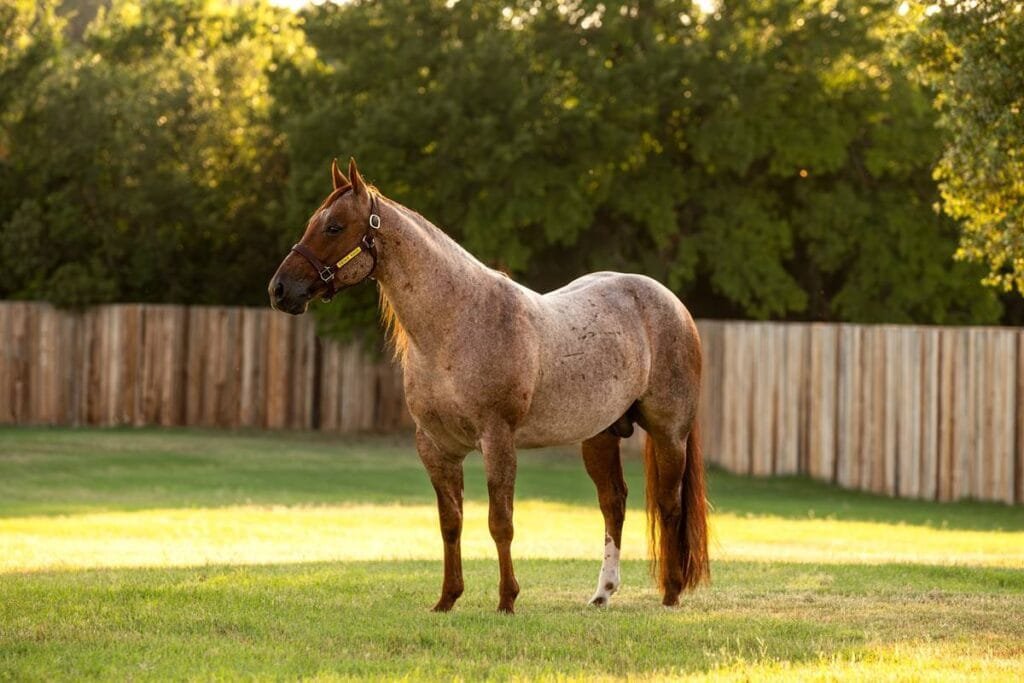A filly horse is a young female horse that hasn’t yet reached adulthood.
Typically, a filly is under the age of four, and once she matures past four years old, she is usually referred to as a mare. Filly horses are known for their playful, energetic, and curious nature. They are full of life and excitement, which is why they can be a joy to watch as they grow and develop.
Physical Appearance of a Filly
Filly horses look quite similar to their male counterparts, known as colts, but the main difference is their gender. In terms of size, they are smaller and lighter than adult horses, but they still possess the graceful and athletic build that all horses share. Filly horses can come in various colors and breeds, such as bay, chestnut, black, gray, and more. Each filly’s coat can range from solid colors to patterned ones, depending on their genetics.
Young fillies are often quite playful and full of energy. They can be seen running and jumping in fields with an incredible amount of enthusiasm. This is a period of exploration and growth for them, as they begin to understand the world around them. They might be seen interacting with other horses, whether it’s playing with a sibling or bonding with their mother, who often stays close to guide them during these formative years.
The Life of a Filly
When a filly is born, she is very dependent on her mother for nourishment and protection. The mother, known as the mare, will take care of the filly, nursing her and keeping her safe from potential dangers. During the first few weeks, the filly learns how to stand, walk, and interact with her surroundings. Fillies grow quickly, and as they get older, they start to gain more independence. They begin grazing on grass and learn to interact with other horses in their environment.
Around the age of one, a filly starts to show more of its unique personality. Some may be more outgoing and adventurous, while others may be a bit more cautious. At this stage, the filly will continue to grow in size and strength, and she will start to show signs of becoming more physically mature.
Around two years old, a filly may begin training for more structured activities, such as riding or competing. However, this depends on the breed, the training methods used, and the individual horse. Many filly horses are used in sports such as racing, dressage, and show jumping, where they demonstrate their athletic abilities. However, there are also fillies that are raised for work purposes, like herding cattle or pulling carts.
Caring for a Filly
Taking care of a filly is much like caring for any other horse, though it requires special attention due to their age. Like all young animals, fillies need proper nutrition, exercise, and care to ensure they grow up healthy and strong. A balanced diet of hay, grains, and access to clean water is essential. Regular visits from a veterinarian and farrier are also important for maintaining their overall health.
Because fillies are still growing, it’s important to not over-exercise them. Proper training is key, and it’s essential that they are not overworked at a young age. Gradual training and exercise will help them build strength and stamina over time. Fillies should be given the chance to socialize with other horses and spend plenty of time outdoors to develop both physically and mentally.
Conclusion
A filly horse is a beautiful and lively young female horse, full of energy and potential. As they grow, fillies go through stages of development that shape them into the horses they will become. Whether they’re being raised for sport, work, or as a companion animal, fillies are an important part of the horse world. With the right care and attention, they can grow into strong, capable adult mares, contributing to the world of horses for years to come.




